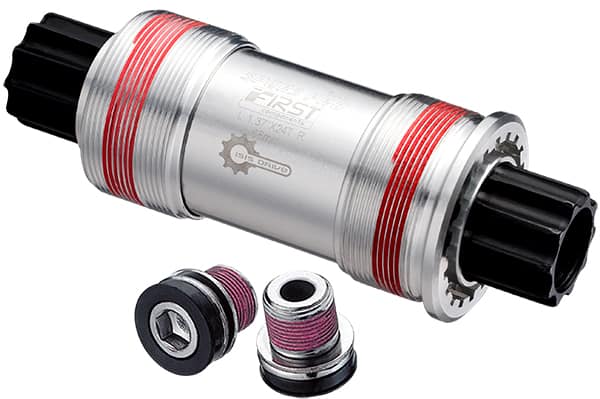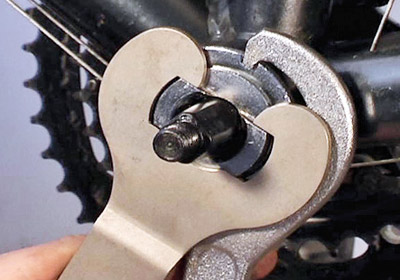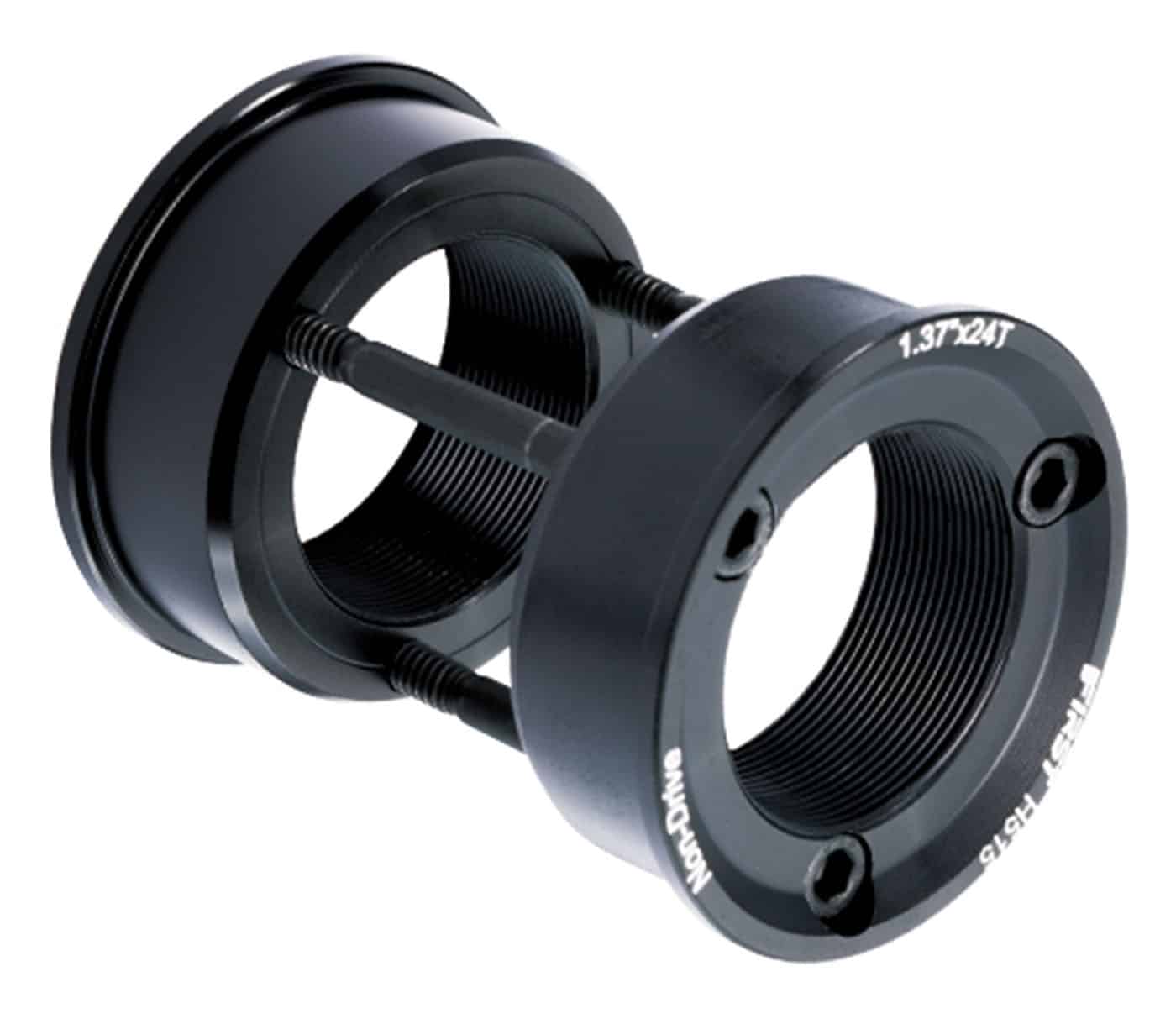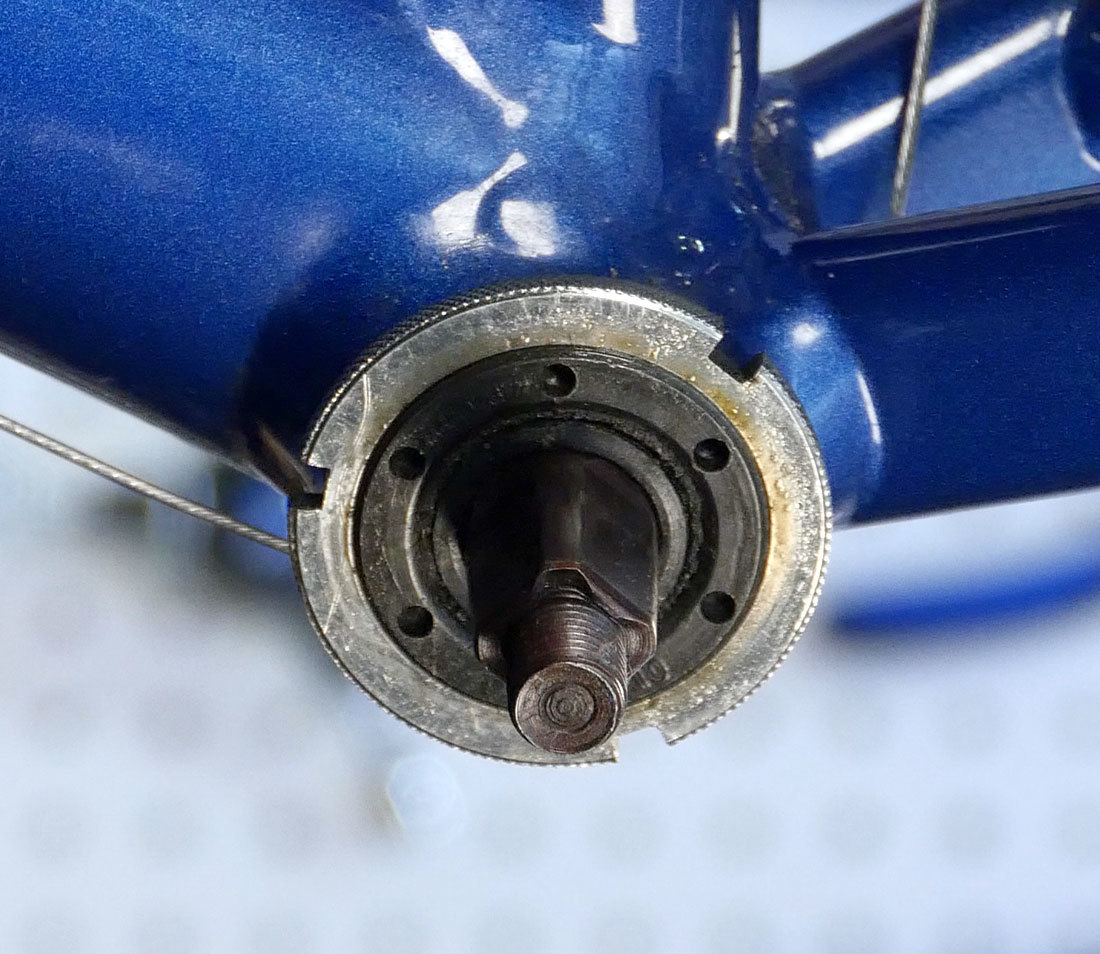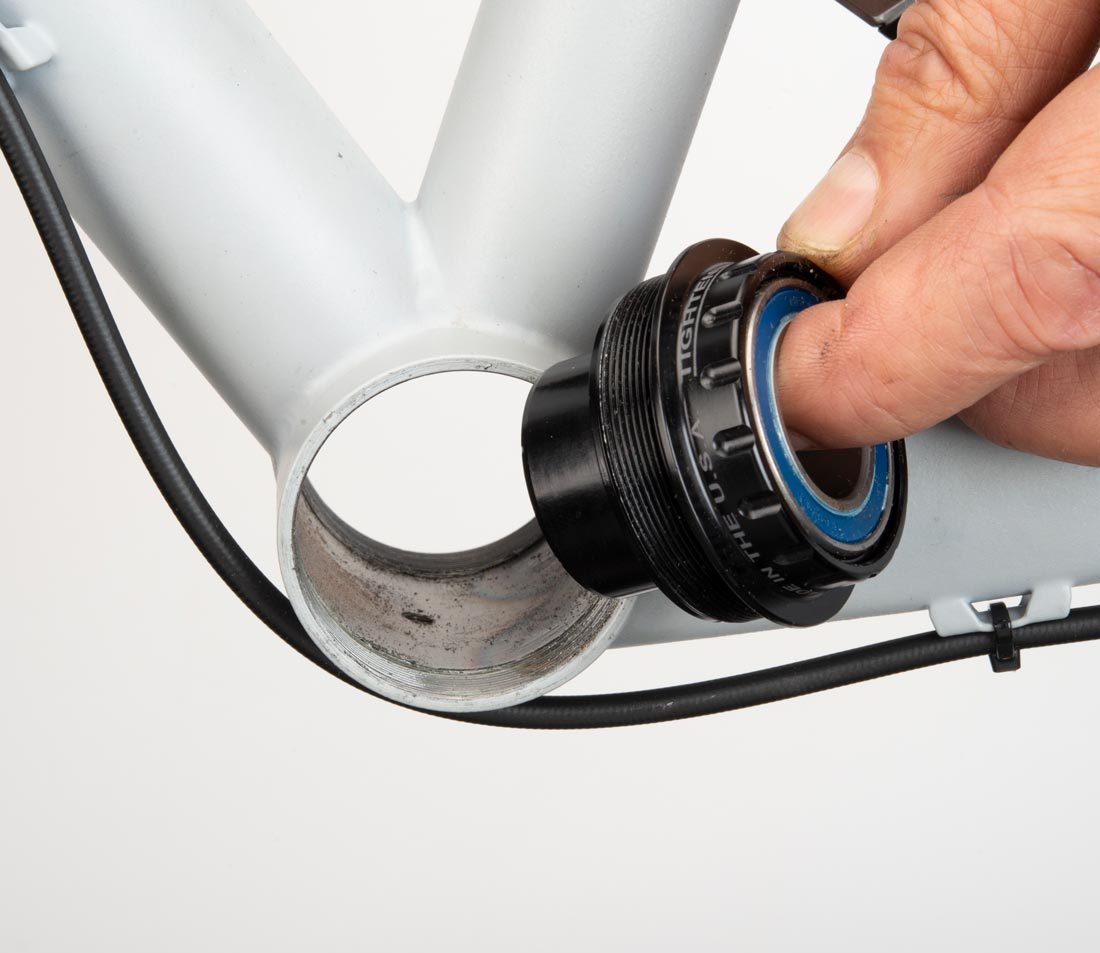What Lies at the Heart of Your Bicycle?
A bicycle’s performance is heavily reliant on a critical component that often goes unnoticed – the bottom bracket. So, what is a bicycle bottom bracket? In essence, it’s the interface between the pedals and the wheels, responsible for transferring power from the rider’s legs to the road or trail. A well-functioning bottom bracket is essential for a smooth, efficient, and enjoyable ride. It plays a vital role in the overall performance of your bike, and understanding its importance can help you unlock the full potential of your cycling experience. By grasping the fundamentals of this critical component, you can optimize your bike’s performance, enhance your riding comfort, and take your cycling experience to the next level.
How to Identify and Understand the Different Types of Bottom Brackets
When it comes to understanding what is a bicycle bottom bracket, it’s essential to recognize that there are various types, each with its unique characteristics and advantages. The three main types of bottom brackets are threaded, threadless, and press-fit. Threaded bottom brackets feature a threaded shell that accepts a threaded spindle, while threadless bottom brackets use a bonded or pressed-in cup to secure the spindle. Press-fit bottom brackets, on the other hand, use a press-fit cup that is installed into the frame. To identify which type of bottom bracket is used on a specific bike, look for the shell’s threading or the presence of a bonded or pressed-in cup. Additionally, consult the bike’s manual or manufacturer’s website for specifications. Understanding the different types of bottom brackets is crucial in ensuring compatibility and proper installation, which can significantly impact the overall performance of your bike.
The Anatomy of a Bottom Bracket: A Closer Look
At its core, a bicycle bottom bracket is comprised of several critical components that work in harmony to transfer power from the pedals to the wheels. The cups, bearings, and spindle are the three primary components that make up a bottom bracket. The cups are the outer shells that are pressed or threaded into the frame, providing a housing for the bearings. The bearings, typically in the form of ball bearings or ceramic bearings, allow for smooth rotation of the spindle, reducing friction and wear. The spindle, which connects the crankset to the bottom bracket, is responsible for transferring the pedaling force to the wheels. Understanding the intricate relationships between these components is essential in appreciating the importance of a well-functioning bottom bracket. When these components are properly installed and maintained, they work together to provide a seamless and efficient pedaling experience. However, when they are neglected or improperly installed, they can lead to poor performance, premature wear, and a subpar riding experience. By grasping the anatomy of a bottom bracket, cyclists can better appreciate the significance of this critical component and take steps to optimize its performance.
Why Proper Bottom Bracket Installation Matters
When it comes to what is a bicycle bottom bracket, proper installation is crucial to ensure optimal performance and longevity. A poorly installed bottom bracket can lead to a range of issues, including premature wear, poor performance, and even safety hazards. One of the most common consequences of improper installation is uneven wear on the bearings, which can cause the bottom bracket to fail prematurely. Additionally, a misaligned bottom bracket can put unnecessary stress on the frame and other components, leading to cracks or breaks. Furthermore, a bottom bracket that is not properly torqued can cause the crankset to come loose while riding, posing a significant safety risk. To avoid these issues, it is essential to follow the manufacturer’s installation instructions and take the time to ensure that the bottom bracket is properly aligned and secured. By doing so, cyclists can enjoy a smooth, efficient, and safe riding experience.
Common Issues and Troubleshooting Tips for Bottom Brackets
Despite its importance, a bicycle bottom bracket can be prone to various issues that can affect its performance and longevity. One of the most common problems is creaking, which can be caused by worn-out bearings, loose cups, or misaligned components. To troubleshoot creaking, cyclists can try tightening the cups, replacing the bearings, or adjusting the alignment of the bottom bracket. Another issue is play, which occurs when the spindle has excessive movement, causing the crankset to wobble. This can be addressed by adjusting the preload of the bearings or replacing the spindle. Corrosion is another common problem, particularly in wet or humid conditions. To prevent corrosion, cyclists can apply a layer of grease or lubricant to the components and regularly clean the bottom bracket. By being aware of these common issues and knowing how to troubleshoot them, cyclists can ensure that their bottom bracket continues to perform optimally and provide a smooth riding experience. Understanding what is a bicycle bottom bracket and its components is crucial in identifying and addressing these issues.
Upgrading and Replacing Your Bottom Bracket: What You Need to Know
When it comes to upgrading or replacing a bicycle bottom bracket, there are several factors to consider to ensure a smooth and efficient process. One of the most critical considerations is compatibility, as different bottom brackets are designed to work with specific cranksets and frames. Cyclists should also consider the cost of the replacement, as high-quality bottom brackets can be expensive. Additionally, it is essential to choose a bottom bracket that is suitable for the type of riding, such as road, mountain, or commuter. Understanding what is a bicycle bottom bracket and its components is crucial in making an informed decision. When replacing a bottom bracket, it is recommended to follow the manufacturer’s instructions and take the time to properly install and align the new component. This will ensure that the new bottom bracket performs optimally and provides a smooth riding experience. By considering these factors and taking the time to properly install the new bottom bracket, cyclists can enjoy improved performance, comfort, and overall riding experience.
Real-World Examples: How Different Bottom Brackets Perform in Practice
To illustrate the importance of choosing the right bottom bracket for a specific riding style, let’s examine some real-world examples. For instance, a road cyclist who competes in triathlons may prefer a threaded bottom bracket with ceramic bearings for its high-speed efficiency and low friction. On the other hand, a mountain biker who tackles rugged terrain may opt for a press-fit bottom bracket with robust bearings that can withstand heavy loads and harsh conditions. Understanding what is a bicycle bottom bracket and its components is crucial in making an informed decision. In another example, a commuter who rides in wet conditions may choose a bottom bracket with waterproof seals to prevent corrosion and ensure smooth pedaling. By examining these real-world examples, cyclists can gain a better understanding of how different bottom brackets perform in various riding conditions, and make informed decisions when selecting a bottom bracket for their specific needs.
Conclusion: The Bottom Bracket’s Crucial Role in Your Cycling Experience
In conclusion, the bottom bracket plays a vital role in the overall performance and efficiency of a bicycle. Understanding what is a bicycle bottom bracket and its components is essential for cyclists to optimize their riding experience. By recognizing the importance of proper installation, maintenance, and selection of the right bottom bracket for specific riding conditions, cyclists can unlock the full potential of their bike. Whether you’re a professional athlete or a casual rider, a well-functioning bottom bracket can make all the difference in your cycling experience, providing a smoother, more efficient, and more enjoyable ride. By grasping the intricacies of the bottom bracket, cyclists can take their riding to the next level and experience the thrill of a perfectly tuned machine.



